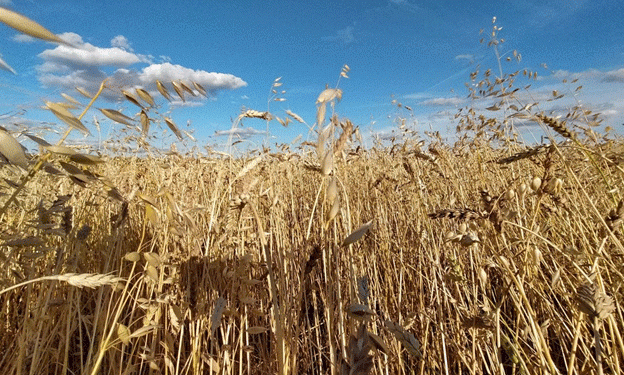On October 9, 2024, Governor Vitaly Khotsenko announced promising figures regarding the grain harvest in the Omsk Region, revealing that the total yield has soared to 3.5 million tons from an impressive 1.8 million hectares of land cultivated. This statistic marks a significant milestone, as over 90% of the designated areas have been processed. Just a week earlier, on October 3, the harvest volume was reported at 3 million tons, indicating a rapid progression in the harvesting campaign.
When we compare these figures to the same period last year, the growth becomes even more striking. On October 10, 2023, the Omsk Region had reported a considerably lower yield of only 2.233 million tons. This year’s increase reflects the effectiveness of local agricultural strategies and perhaps favorable weather conditions that have contributed to this successful harvest.
The harvesting campaign in the Omsk Region began somewhat later than usual, starting on August 9, 2024. Despite the late start, farmers have effectively managed their operations to catch up, leveraging modern agricultural techniques and practices. These advancements in technology and agronomy have played a vital role in improving crop yields and minimizing losses due to pests and adverse weather.
The improvement in grain production not only benefits local farmers but also contributes positively to the region’s economy and food security. Higher yields can lead to increased availability of grains for both local consumption and export, enhancing the agricultural sector’s role in the overall economic landscape.
As the harvest season continues, it remains crucial for farmers and agricultural engineers to monitor crop conditions and ensure that processing facilities are prepared to handle the increased volume of harvested grain. The collaboration between local authorities and agricultural experts will be key in maintaining quality and optimizing the storage and distribution of grains.
The Omsk Region’s grain harvest in 2024 represents a significant achievement, with yields surpassing previous years and showcasing the effectiveness of modern agricultural practices. As farmers continue to adapt to changing conditions, the region stands poised to enhance its agricultural output further, ensuring food security and economic stability.
Error




